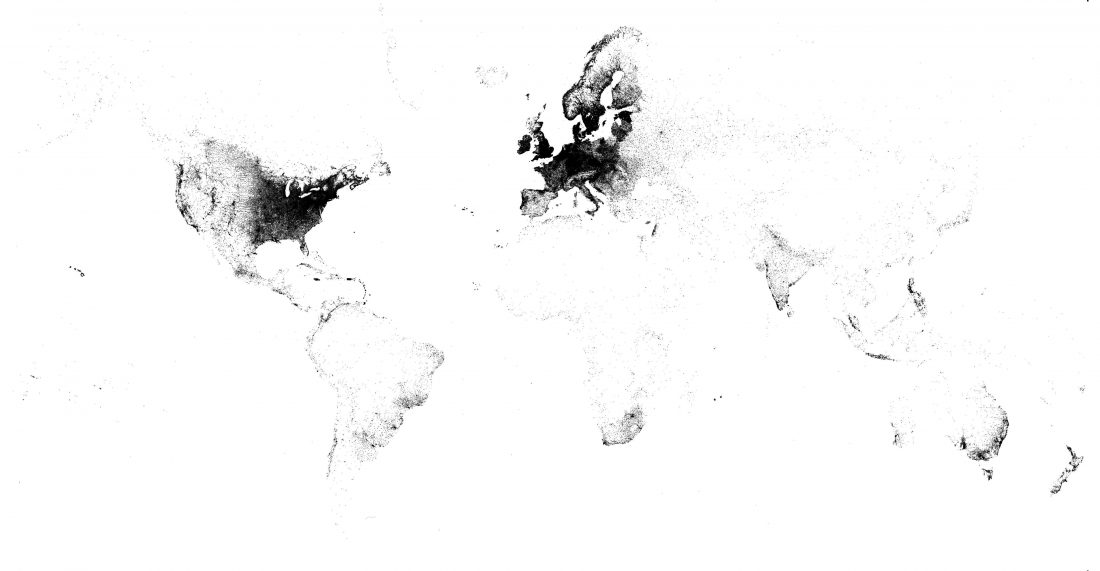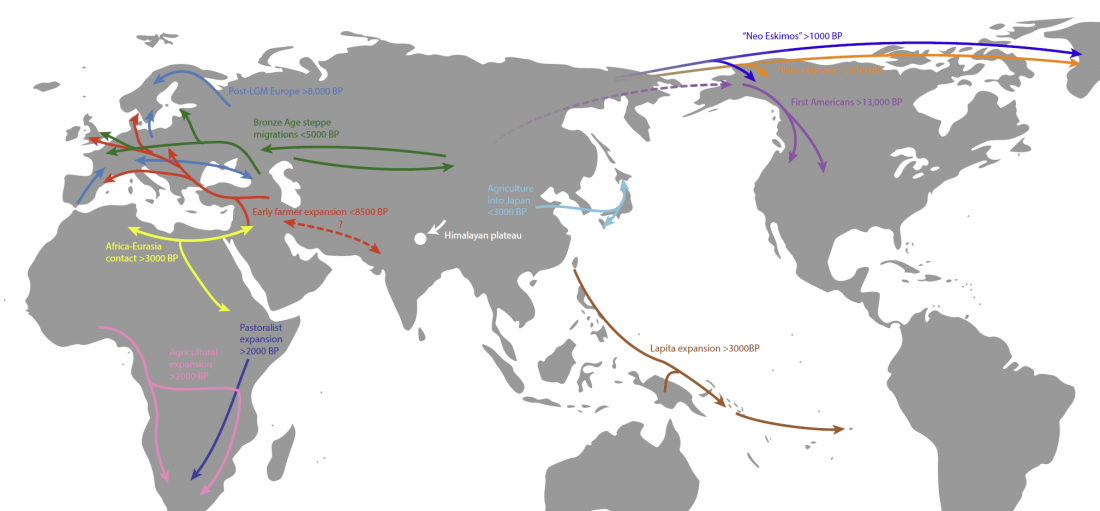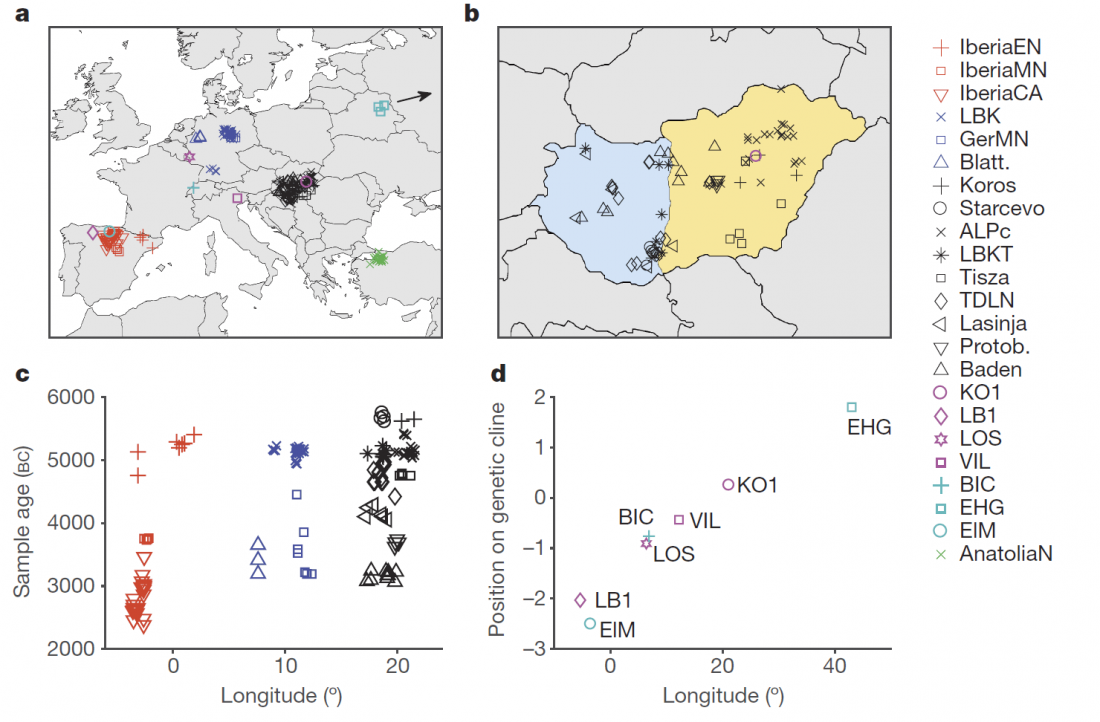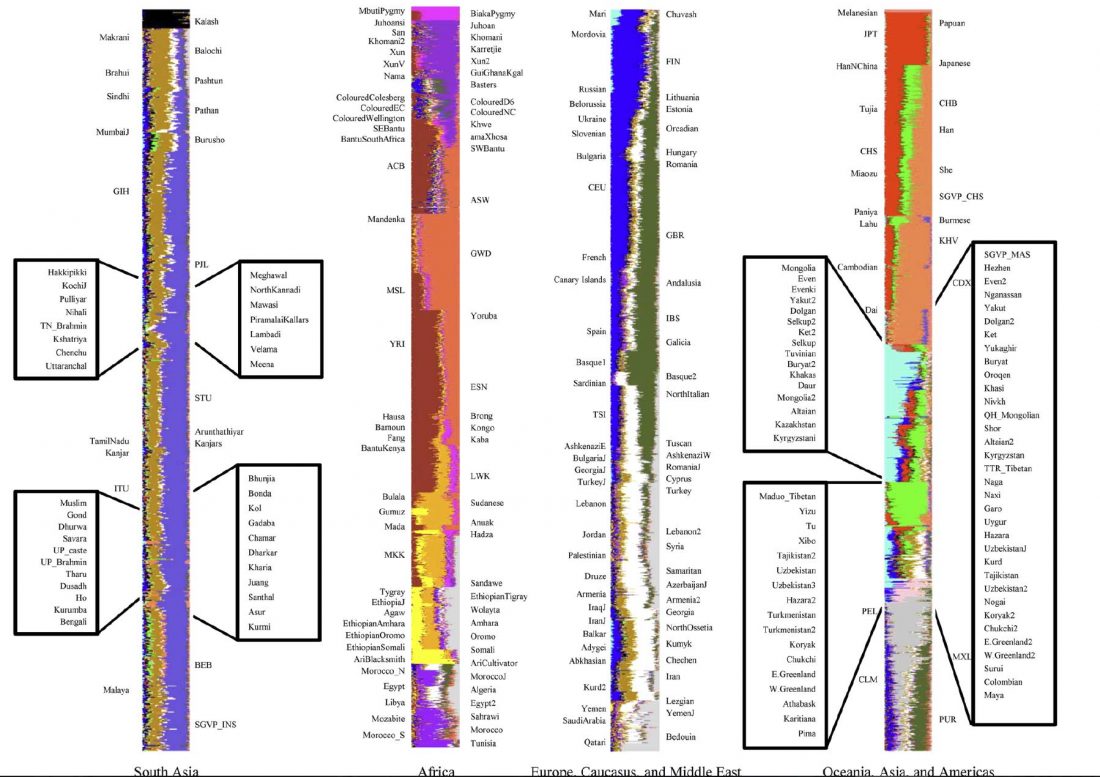The paper Quantitative analysis of population-scale family trees with millions of relatives, by Kaplanis, Gordon, Shor, et al. Science (2018) 359(6379), based on a study of genealogical information at Geni, is today news worldwide.
Abstract:
… Read the rest “Quantitative analysis of population-scale family trees with millions of relatives”Family trees have vast applications in multiple fields from genetics to anthropology and economics. However, the collection of extended family trees is tedious and usually relies on resources with limited geographical scope and complex data usage restrictions. Here, we collected 86 million profiles from publicly-available online data shared by genealogy enthusiasts. After extensive cleaning and validation, we obtained population-scale family trees, including







